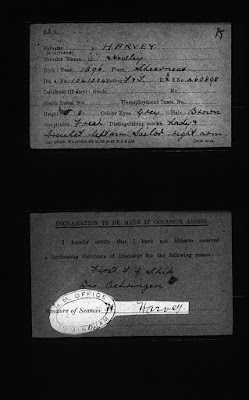Unearthly landscapes: New Zealand’s early cemeteries, churchyards and urupā

In November 2004 Stephen Deed presented a Master of Arts Thesis to the University of Otago entitled U nearthly landscapes: the development of the cemetery in nineteenth century New Zealand , and until recently that limited access thesis was the only major historical study of cemeteries in New Zealand. Deed has now updated and expanded on his thesis, which has now been published by Otago University Press as Unearthly landscapes; New Zealand’s early cemeteries, churchyards and urupā . Deed’s book covers tradi tional Māori u rupā , Pākehā influenced Māori burial places, early Pākehā and Church Mission Station burial grounds, and urban and rural cemeteries of the nineteenth century. He also makes a distinction between what he terms ‘first generation’ cemeteries such as Bolton Street (Wellington) and Symonds Street (Auckland) and ‘second generation’ better planned cemeteries such as Southern Cemetery (Dunedin) and Waikumete Cemetery (Auckland). The book is very well il...




